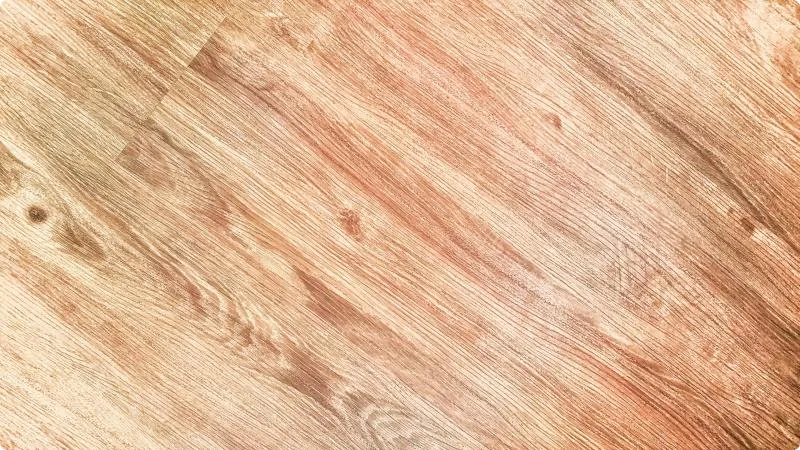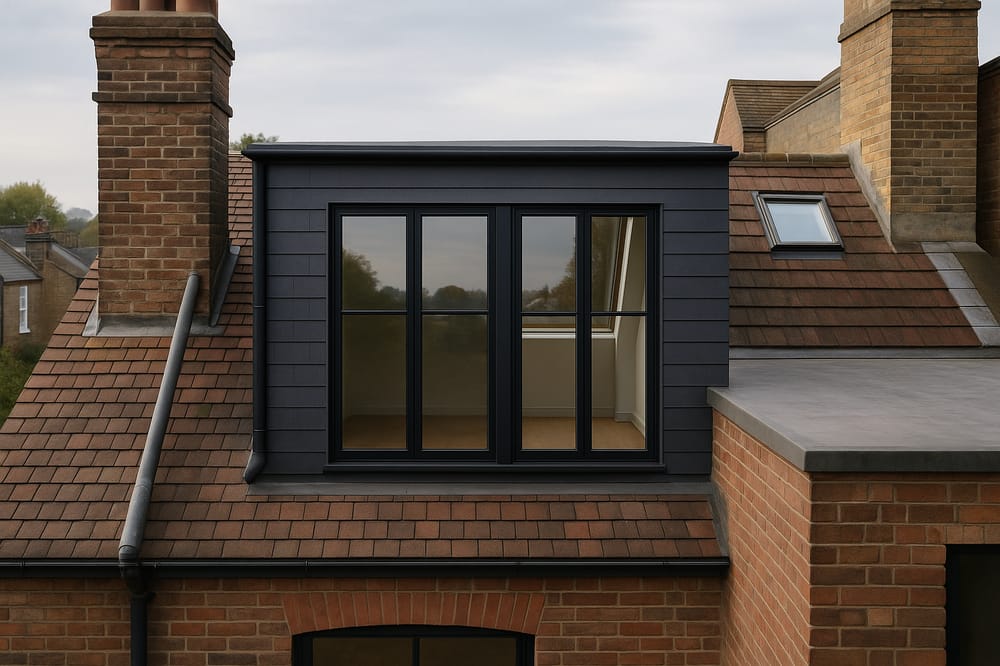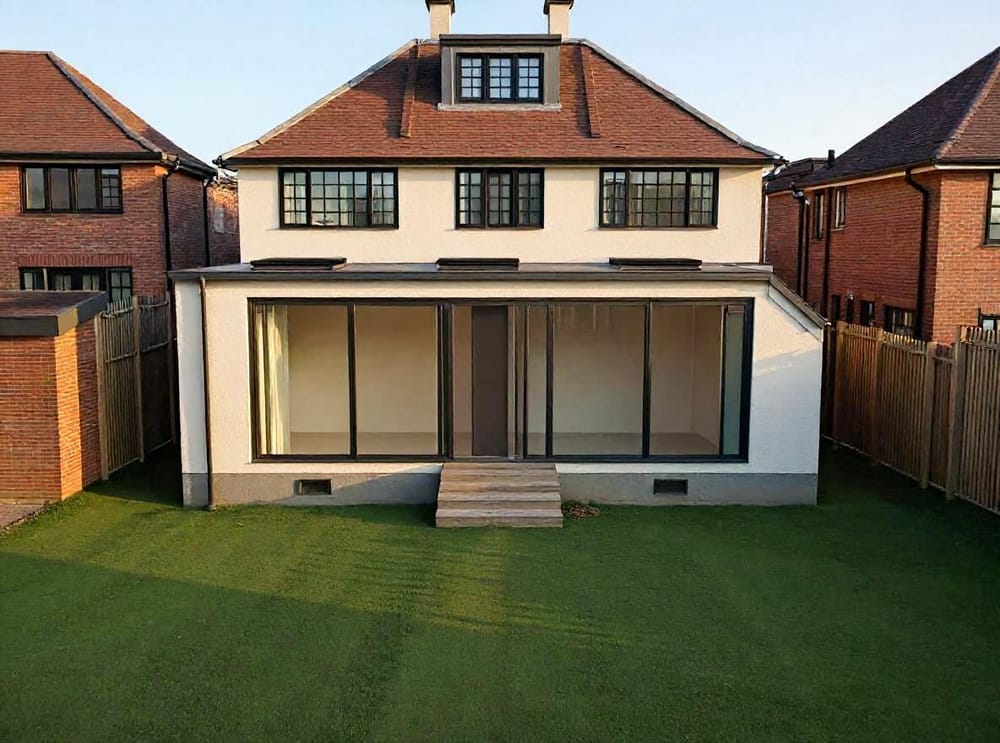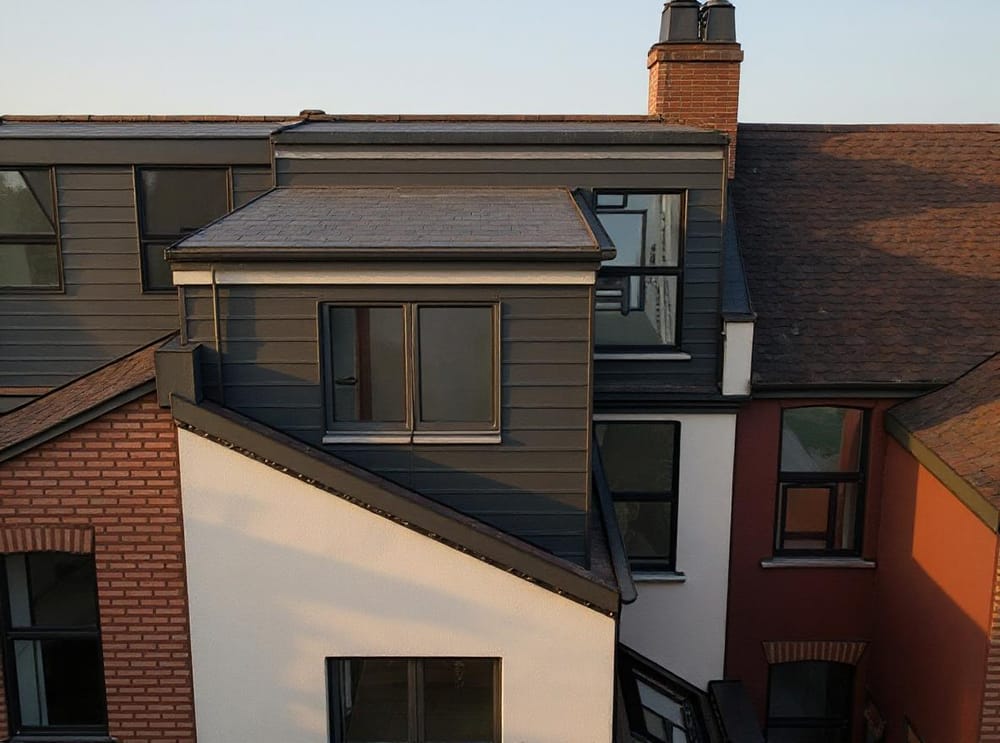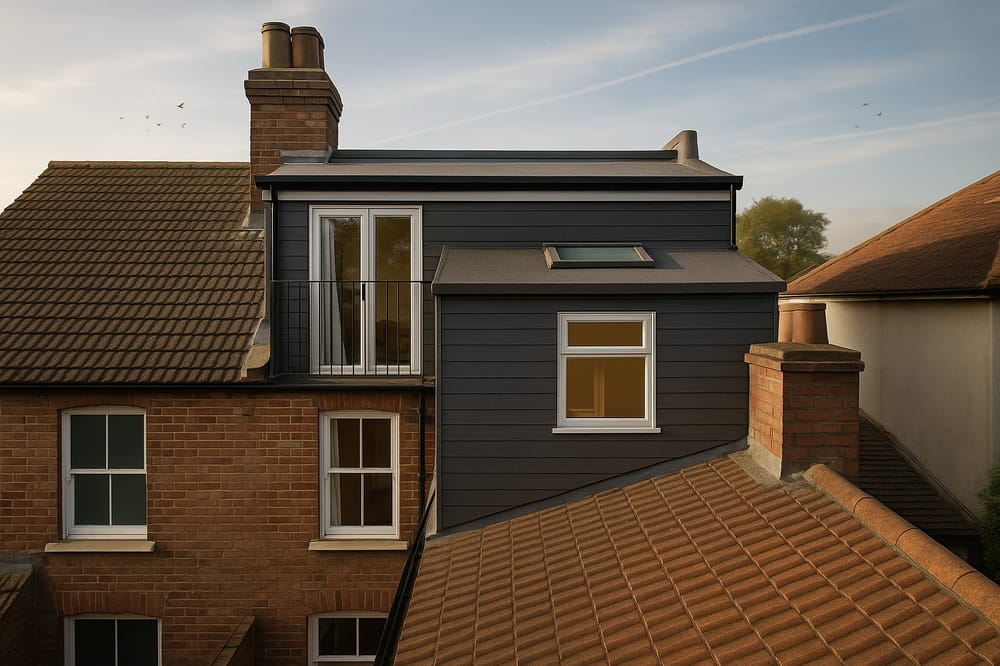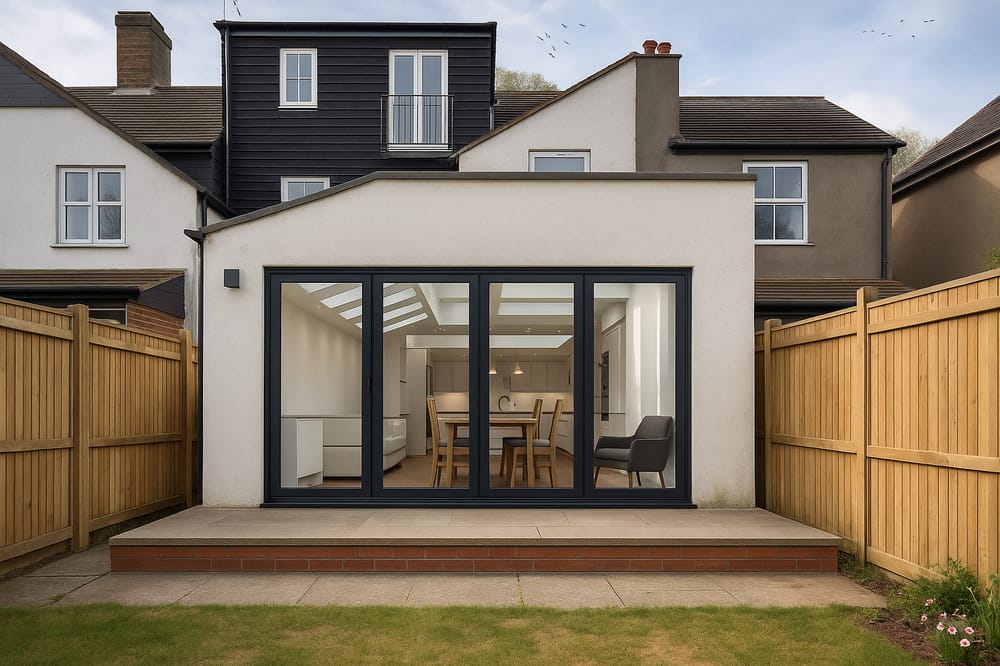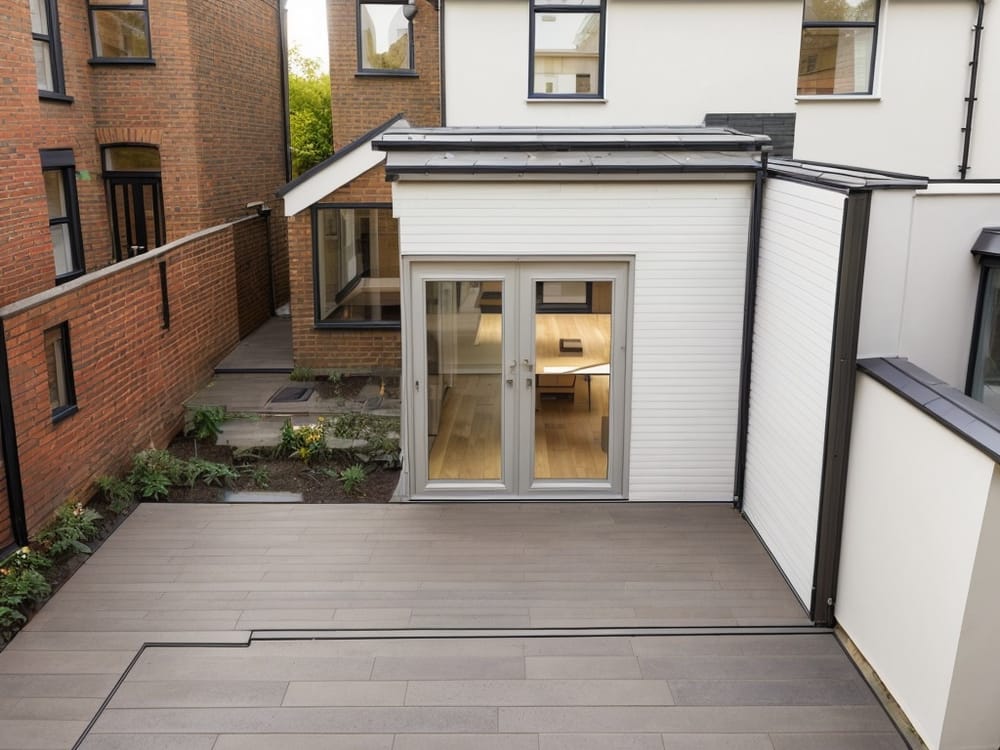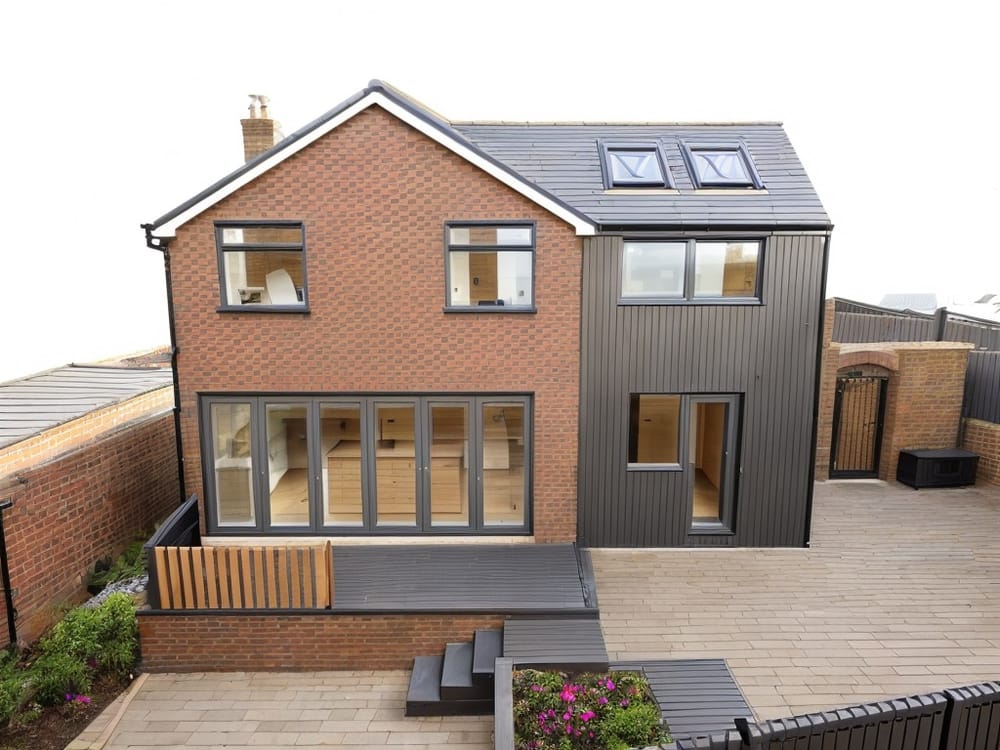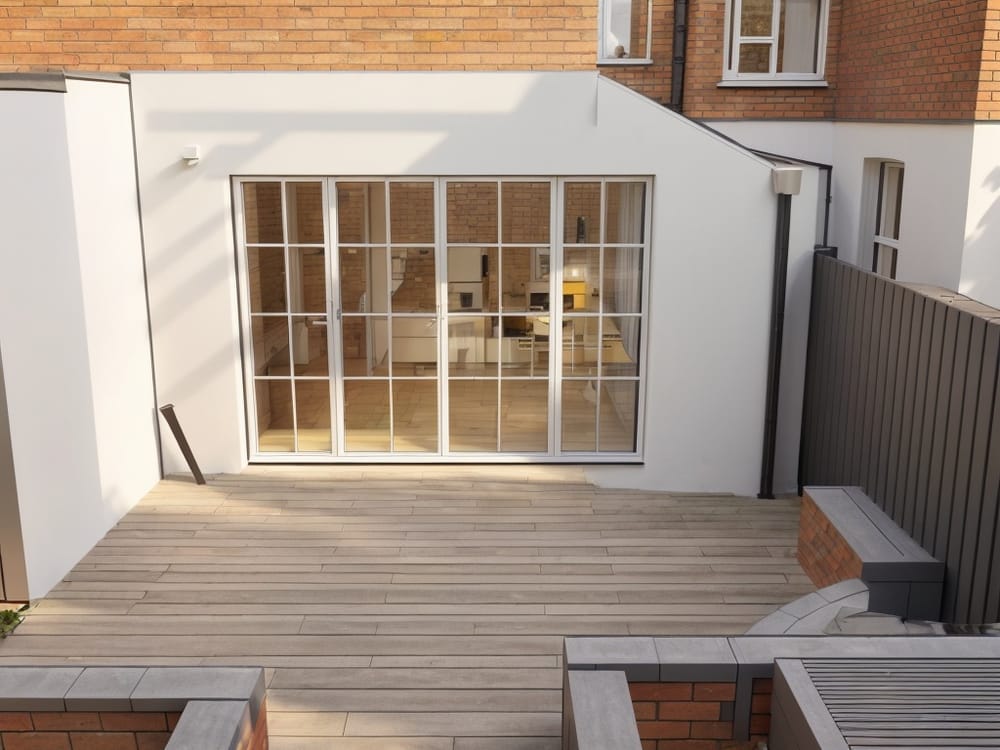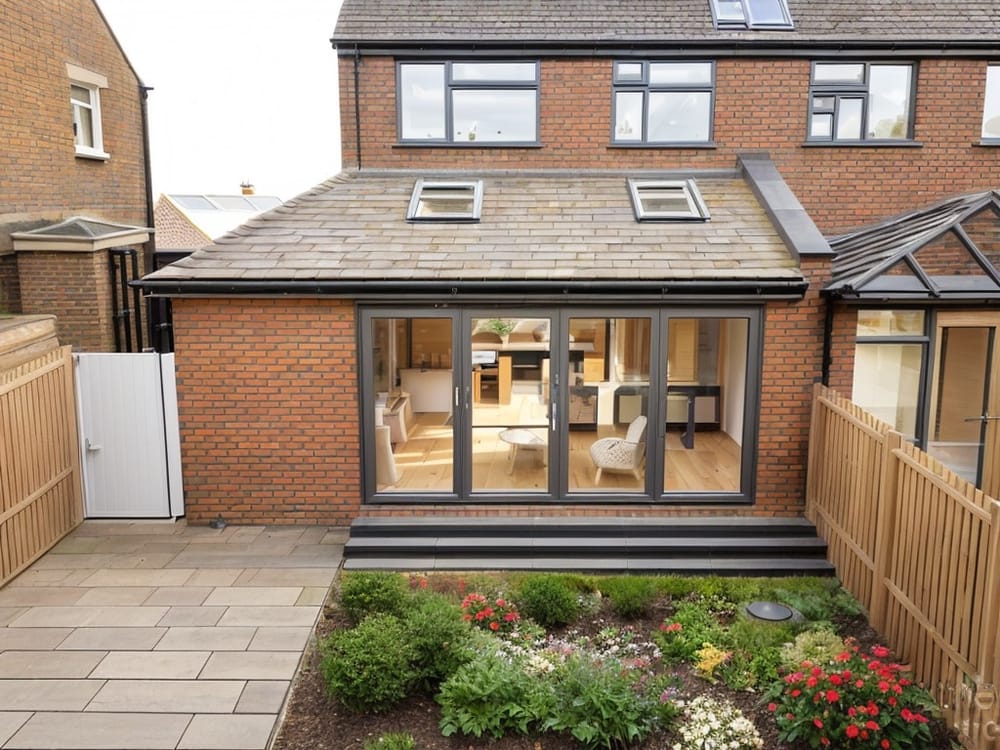When it comes floors, people tend to fall into two categories. Those who adore carpets, and those who can’t imagine life without a hardwood floor.
If you fall into this latter category, and plan to renovate or extend your home, you might be wondering about what options are open to you. Namely, do you go for laminate or real wood flooring?
Both have their advantages and disadvantages, so we decided to take a closer look at these two floor favourites.
Laminate flooring
How is it made?
Laminated floor is made from thin fiberboard, topped with an image of wood or stone, and then finished off with a final transparent layer.
How is it installed?
Laminate flooring is very easy to install, and can even be done by the homeowner. It uses a ‘floating floor’ design, where the pieces click together and doesn’t require any special tools or adhesive.
How much does it cost?
One of the biggest benefits of laminate flooring is how cheap it can be upfront, especially when compared to real wood floors.
Laminate floors can be acquired for as low as £5 per square meter - if not cheaper. However, if you want these to be professionally installed, this can rise to between £8 - £12.
Pros
They’re highly water and stain resistant, so perfect if you’ve got a family with small children (or you’re just a little clumsy yourself). They’re also great for dog owners, as their surface can usually withstand the scratching of claws. Because of these reasons, they’re a great low maintenance option, and as we’ve already pointed out, a bargain for those on a tight budget.
Cons
Like most hardwood floors, laminate doesn’t cope well with excessive moisture, and if they experience flooding the material can swell and become uneven. Because of this, they’re not recommended for bathrooms.
Laminate floor also have a short lifespan, at least when compared to real wood floors. Because they’re made from photographs, they cannot be sanded and repaired if they become damage. Similarly, it can be hard replace boards, as the pattern used in the original might not be traceable. Many homeowners find that even with good care, laminate floors have to be replaced after 10 years.
